Home>Renovation & DIY>Tools & Equipment>How To Clean Oil Paint Brushes Without Paint Thinner
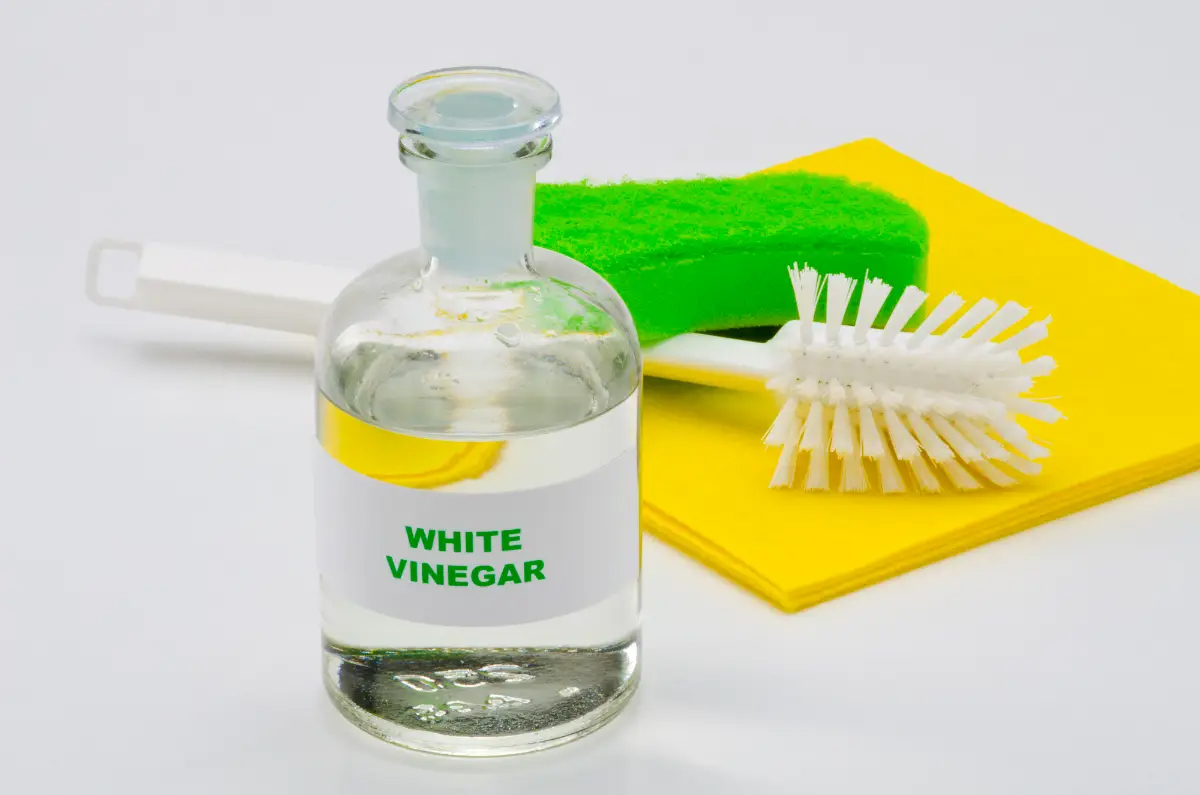

Tools & Equipment
How To Clean Oil Paint Brushes Without Paint Thinner
Modified: January 2, 2024
Learn effective methods for cleaning oil paint brushes without using paint thinner. Discover eco-friendly alternatives and essential tools and equipment for hassle-free cleaning.
(Many of the links in this article redirect to a specific reviewed product. Your purchase of these products through affiliate links helps to generate commission for Storables.com, at no extra cost. Learn more)
Introduction
Oil paint is a versatile and vibrant medium, but it can be a challenge to clean from brushes. Many artists resort to using paint thinners or solvents, which can be harsh on the brushes and the environment. However, there are alternative methods for cleaning oil paint brushes without the use of paint thinner. These methods are not only effective in preserving the quality of your brushes but also environmentally friendly.
In this guide, we will explore step-by-step instructions on how to clean oil paint brushes without the use of paint thinner. By using common household items, you can effectively remove oil paint from your brushes while extending their lifespan. Let’s delve into the materials needed and the detailed steps to restore your brushes to their pristine condition.
Key Takeaways:
- Clean oil paint brushes without paint thinner using household items like dish soap, vinegar, and fabric softener. Preserve brushes, protect the environment, and extend their lifespan with gentle, effective cleaning methods.
- By following simple steps, you can restore oil paint brushes to their pristine condition without harsh chemicals. Wipe off excess paint, use gentle cleaning solutions, and air dry for brushes ready for your next artistic masterpiece.
Read more: How To Clean Oil Paint Brushes
Materials Needed
Before embarking on the process of cleaning oil paint brushes without paint thinner, gather the following materials:
- Used oil paint brushes
- Paper towels or old rags
- Dish soap
- Vinegar
- Liquid fabric softener
- Warm water
- Small container or jar
- Old bowl or basin
- Sturdy brush comb or old toothbrush
These readily available items will serve as the foundation for the alternative cleaning methods, allowing you to effectively remove oil paint from your brushes without the use of harsh chemicals.
Step 1: Wipe Off Excess Paint
Before delving into the cleaning process, start by wiping off as much excess paint from the brushes as possible. Use paper towels or old rags to gently blot and wipe the bristles. This initial step helps prevent the paint from hardening within the bristles, making the subsequent cleaning process more manageable.
Hold the brush firmly and use a gentle, twisting motion against the paper towels or rags to dislodge the bulk of the paint. Avoid pressing too hard, as this may cause the paint to further embed into the bristles. Continue this process until the majority of the paint is removed, and the bristles appear relatively clean.
By effectively removing the excess paint at this stage, you pave the way for the subsequent cleaning methods to efficiently target the remaining paint within the bristles. Once the excess paint is wiped off, proceed to the next step to begin the thorough cleaning process.
Step 2: Use Dish Soap and Warm Water
After removing the excess paint, the next step involves utilizing the power of dish soap and warm water to further clean the oil paint brushes. Begin by placing a small amount of dish soap into a bowl or basin, followed by warm water. Swirl the mixture to create a soapy solution, ensuring that the soap is evenly distributed in the water.
Gently dip the bristles of the brush into the soapy water, allowing the solution to penetrate the paint-laden bristles. Swirl the brush in the water, using a gentle back-and-forth motion to encourage the soap to loosen and lift the remaining paint. For stubborn areas, you can use a sturdy brush comb or an old toothbrush to delicately scrub the bristles, aiding in the removal of the paint.
Once the bristles appear clean, rinse the brush under running warm water. Continue to gently massage the bristles with your fingers, ensuring that all traces of paint and soap are thoroughly removed. It is essential to repeat this process until the water runs clear and no paint residue remains on the bristles.
By employing dish soap and warm water, you can effectively eliminate the oil paint from the brushes without the need for harsh chemicals. This method is gentle on the brushes while being highly effective in restoring them to their original state. With the paint removed, it’s time to explore the next step in the cleaning process.
To clean oil paint brushes without paint thinner, use a mixture of dish soap and warm water. Gently massage the bristles, rinse, and repeat until the brush is clean. Dry thoroughly before storing.
Step 3: Use Vinegar and Warm Water
For the next phase of the cleaning process, vinegar and warm water will play a pivotal role in restoring your oil paint brushes. Vinegar, known for its acidic properties, serves as an excellent agent for breaking down and removing stubborn paint residue from the bristles.
Begin by preparing a solution of warm water and vinegar in a small container or jar. The ideal ratio is one part vinegar to two parts warm water. Submerge the bristles of the brush into the solution, allowing the vinegar-infused water to penetrate the bristles thoroughly.
Gently swirl the brush in the solution, ensuring that the vinegar reaches all areas laden with paint. The acidic nature of the vinegar works to loosen and dissolve the remaining paint, effectively restoring the bristles to their pristine state. Allow the brush to soak in the solution for several minutes, enabling the vinegar to work its magic on the stubborn paint particles.
After the soaking period, remove the brush from the solution and rinse it under running warm water. Use your fingers to massage the bristles, ensuring that all traces of paint and vinegar are thoroughly washed away. Repeat the rinsing process until the water runs clear, indicating the complete removal of paint and vinegar from the brush.
By incorporating vinegar and warm water into the cleaning process, you can effectively eliminate any lingering paint residue, leaving your brushes clean and ready for future use. With the paint effectively removed, let’s proceed to the next step to ensure the thorough cleaning of your oil paint brushes.
Step 4: Use Liquid Fabric Softener
As the cleaning process progresses, the utilization of liquid fabric softener offers a gentle yet effective method for ensuring the thorough restoration of oil paint brushes. Liquid fabric softener possesses unique properties that aid in softening and conditioning the bristles, while also effectively removing any residual paint.
Begin by preparing a solution of warm water and a small amount of liquid fabric softener in a bowl or basin. The softener should be diluted in the water, creating a gentle yet potent solution for cleansing the brushes. Submerge the bristles of the brush into the softener-infused water, ensuring that the solution permeates the bristles entirely.
Gently swirl the brush in the solution, allowing the fabric softener to work its magic on the bristles. The softening agents present in the fabric softener aid in loosening any remaining paint particles while conditioning the bristles, leaving them supple and ready for future use. Allow the brush to soak in the solution for several minutes, enabling the fabric softener to effectively cleanse and revitalize the bristles.
After the soaking period, remove the brush from the solution and rinse it under running warm water. Use your fingers to massage the bristles, ensuring that all traces of paint and fabric softener are thoroughly washed away. Repeat the rinsing process until the water runs clear, indicating the complete removal of paint and softener from the brush.
By incorporating liquid fabric softener into the cleaning process, you can effectively condition the bristles while ensuring the removal of any lingering paint residue. This method not only cleanses the brushes but also leaves them soft and supple, ready for your next artistic endeavor. With the brushes thoroughly cleaned and conditioned, let’s proceed to the final step to complete the restoration process.
Step 5: Rinse and Dry Brushes
As the final step in the comprehensive cleaning process, it is essential to thoroughly rinse and dry the oil paint brushes to ensure their optimal condition for future use. Following the previous cleaning methods, the brushes now require a meticulous rinsing and drying process to complete the restoration.
Begin by holding the brush under running warm water, gently massaging the bristles with your fingers to ensure the removal of any remaining cleaning solutions or residues. Continue rinsing until the water runs clear, signifying the complete elimination of all traces of soap, vinegar, and fabric softener from the bristles.
Once thoroughly rinsed, gently reshape the bristles with your fingers, ensuring that they are in their original form and free from any residual cleaning agents. Use a clean, dry cloth or paper towel to blot the bristles, removing excess water and aiding in the drying process.
After blotting, lay the brushes flat on a clean, dry towel or cloth, allowing them to air dry completely. Ensure that the bristles are not in contact with any surfaces, as this may cause them to lose their shape or become misaligned during the drying process. It is essential to let the brushes dry naturally, allowing the bristles to regain their original texture and form.
Once the brushes are completely dry, gently fluff the bristles with your fingers to ensure that they are soft, supple, and free from any residual moisture. Your oil paint brushes are now thoroughly cleaned, conditioned, and ready for your next artistic endeavor.
By following these meticulous steps, you can effectively clean oil paint brushes without the use of paint thinner, preserving their quality and ensuring their longevity. These alternative cleaning methods not only protect the environment but also contribute to the prolonged life of your cherished brushes, allowing you to continue creating beautiful works of art with ease.
Conclusion
Mastering the art of cleaning oil paint brushes without the use of paint thinner is not only a practical skill but also a testament to your dedication to preserving your artistic tools and the environment. By employing common household items such as dish soap, vinegar, and liquid fabric softener, you can effectively restore your brushes to their pristine condition while avoiding the use of harsh chemicals.
Throughout this guide, we have explored a step-by-step process that begins with wiping off excess paint and progresses through the use of gentle yet potent cleaning solutions. Each method serves to eliminate oil paint from the brushes while conditioning and revitalizing the bristles, ensuring their optimal performance for future artistic endeavors.
By following these alternative cleaning methods, you not only contribute to the longevity of your brushes but also minimize the environmental impact often associated with traditional cleaning agents. The utilization of readily available household items showcases the resourcefulness and creativity inherent in the art of maintaining and caring for your artistic tools.
As your cleaned brushes air dry, ready to be utilized in your next artistic venture, take pride in the meticulous care you have provided. The brushes, now free from paint residue and conditioned to perfection, stand as a testament to your commitment to your craft and the sustainability of your artistic practice.
Armed with this newfound knowledge, you can confidently embark on your artistic pursuits, knowing that your oil paint brushes are always ready to bring your creative visions to life.
Frequently Asked Questions about How To Clean Oil Paint Brushes Without Paint Thinner
Was this page helpful?
At Storables.com, we guarantee accurate and reliable information. Our content, validated by Expert Board Contributors, is crafted following stringent Editorial Policies. We're committed to providing you with well-researched, expert-backed insights for all your informational needs.
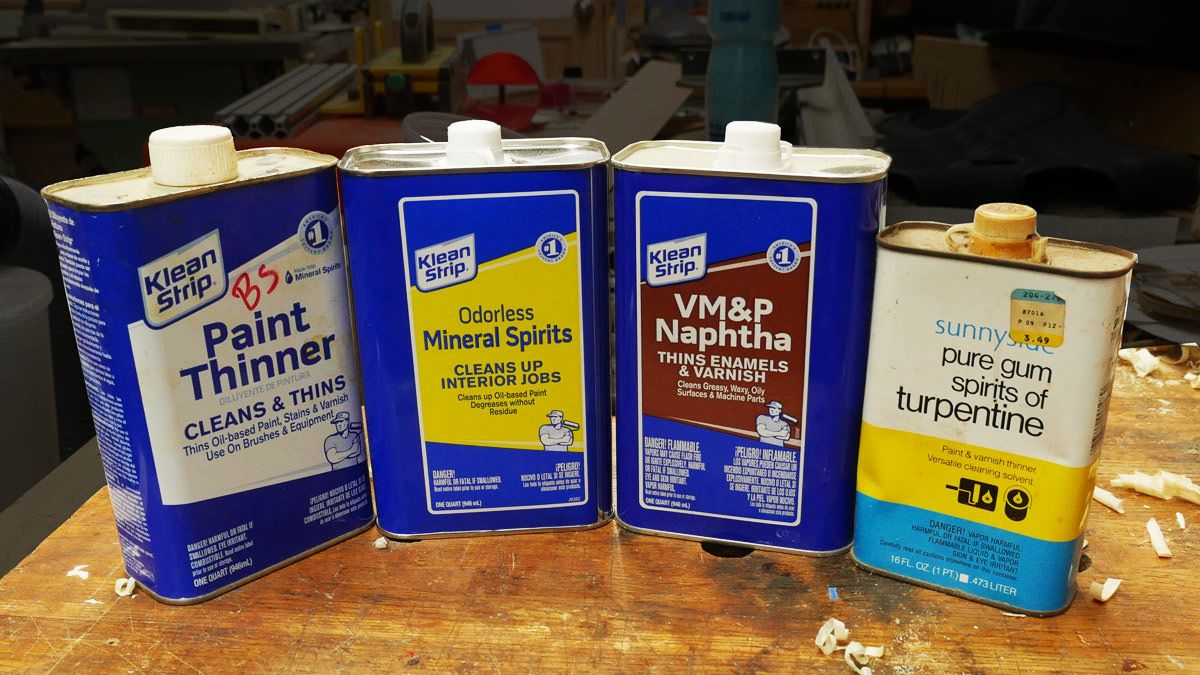
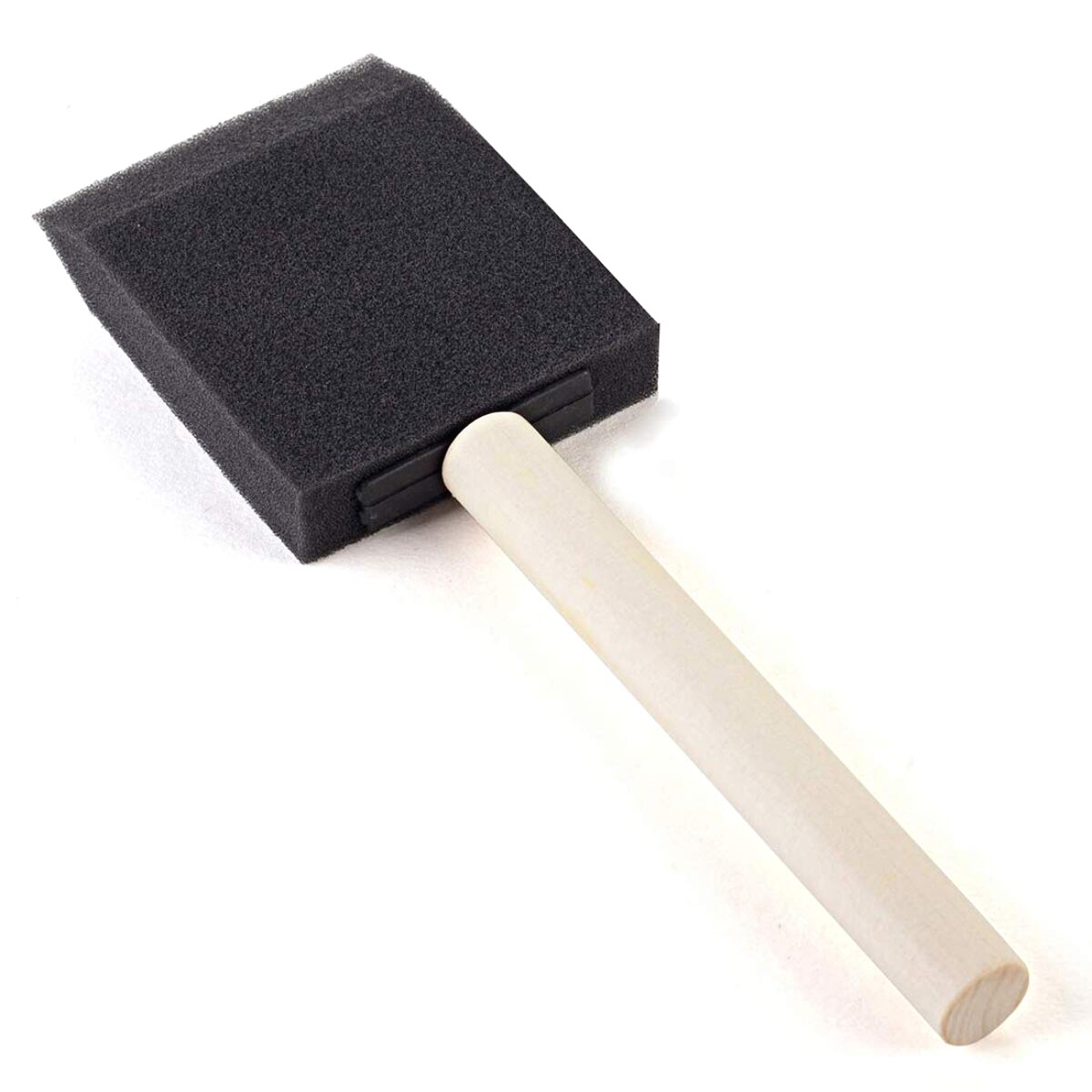
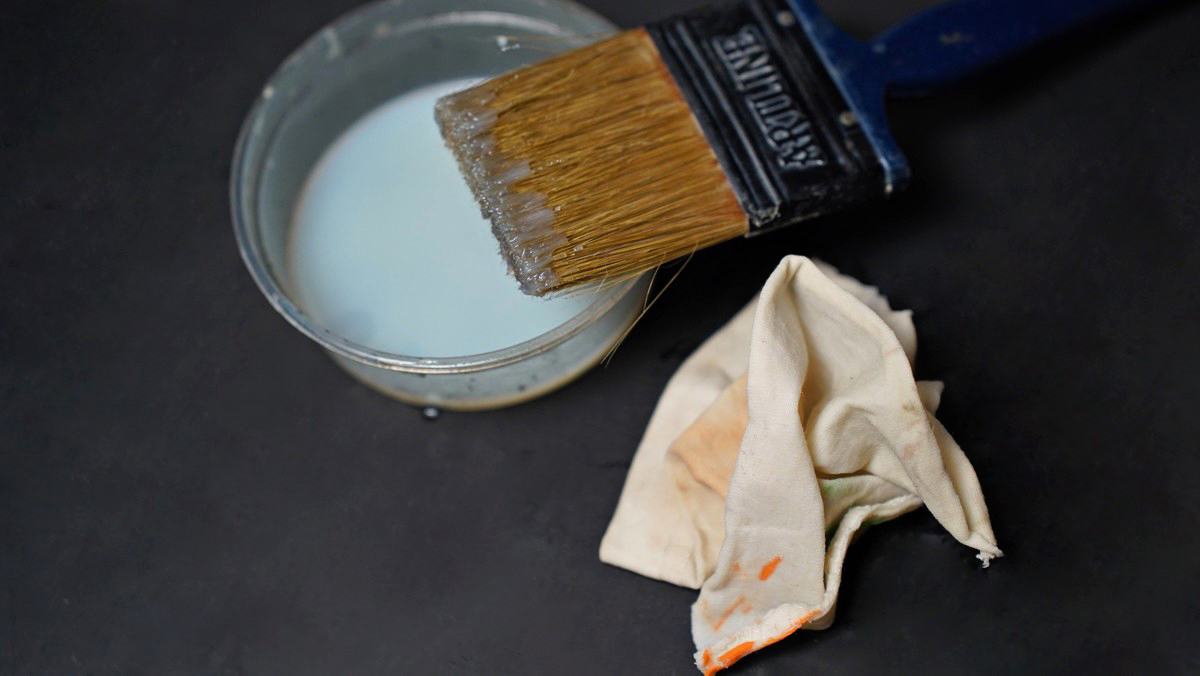
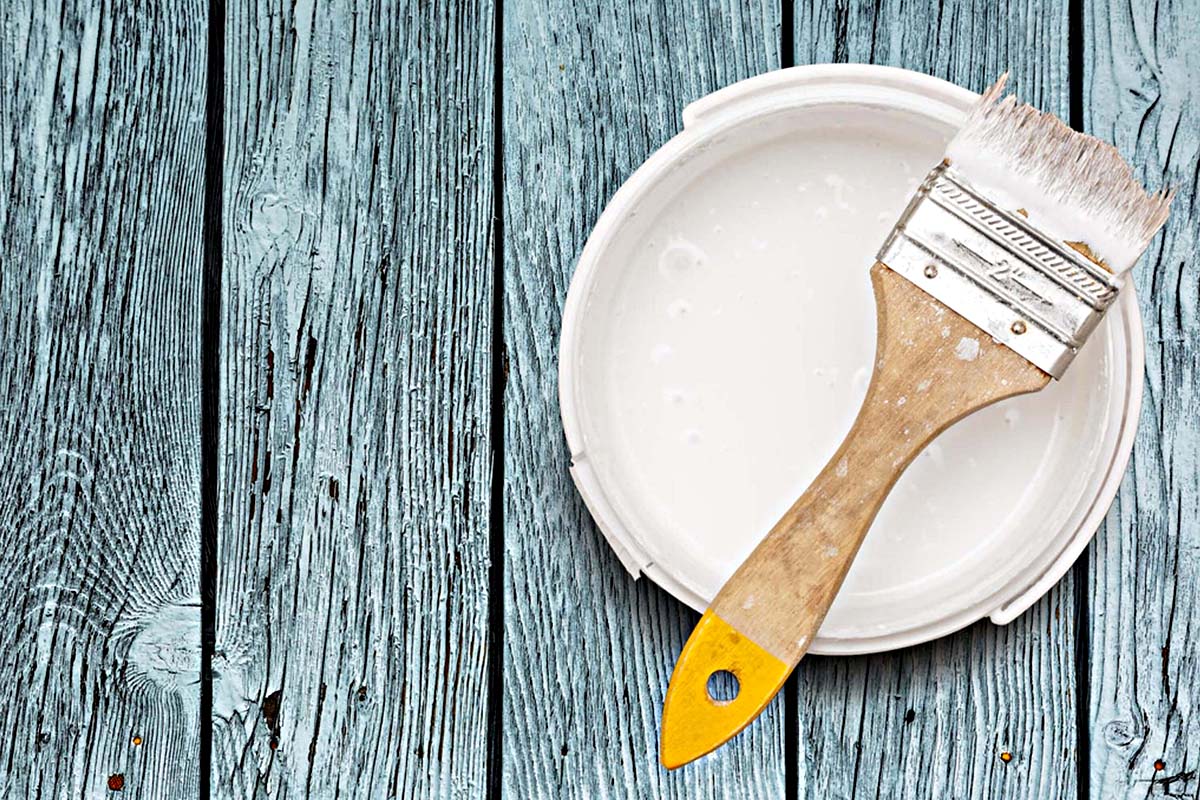
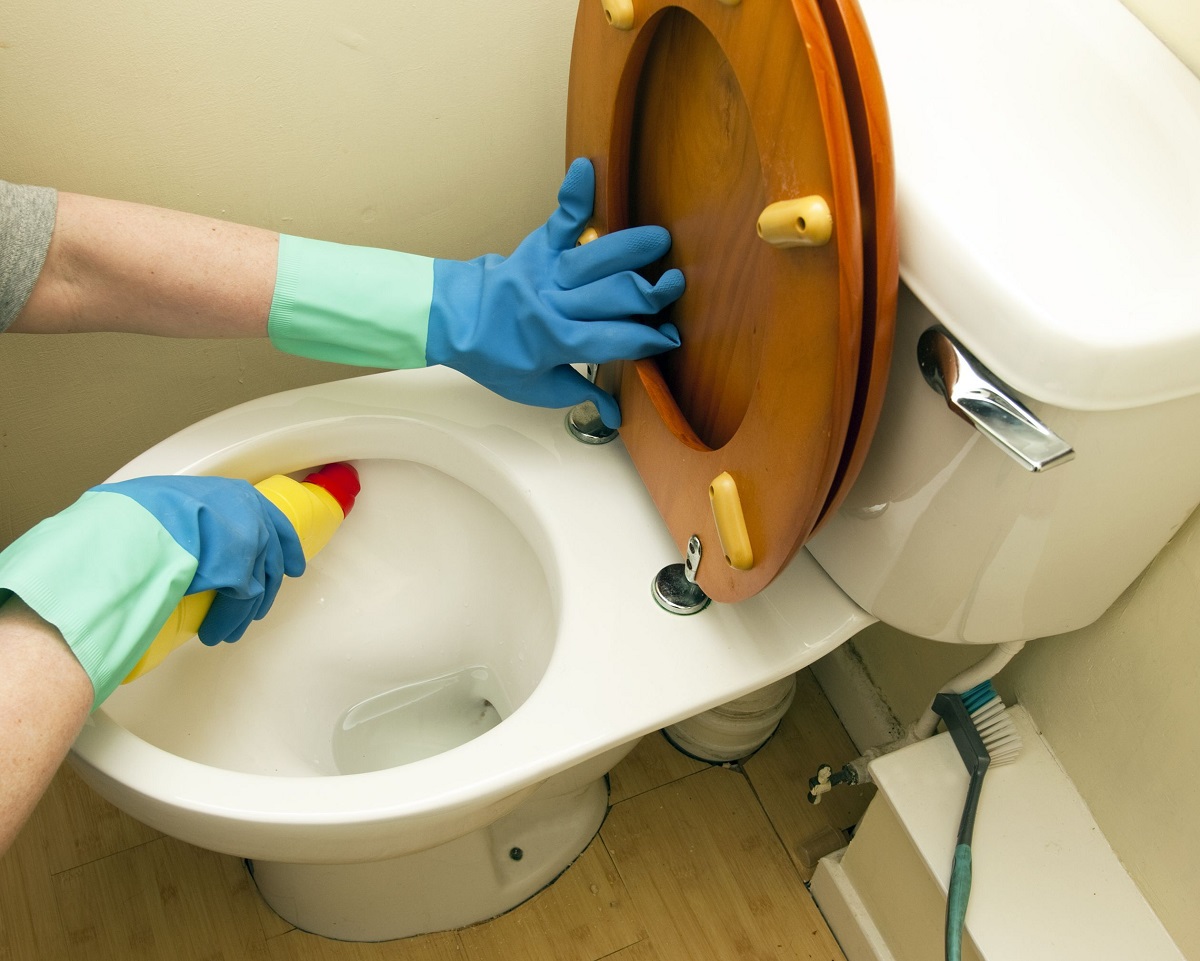
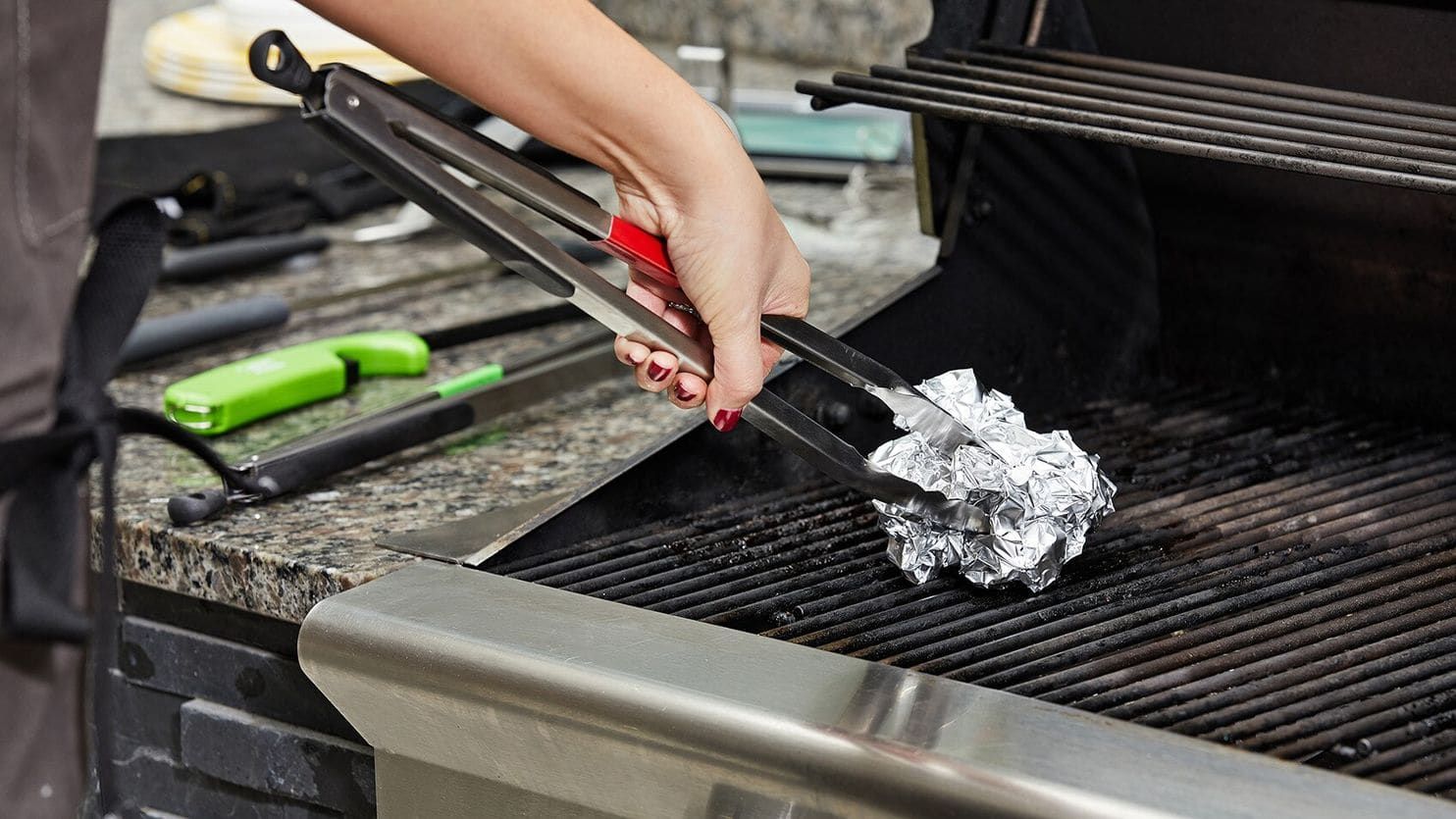
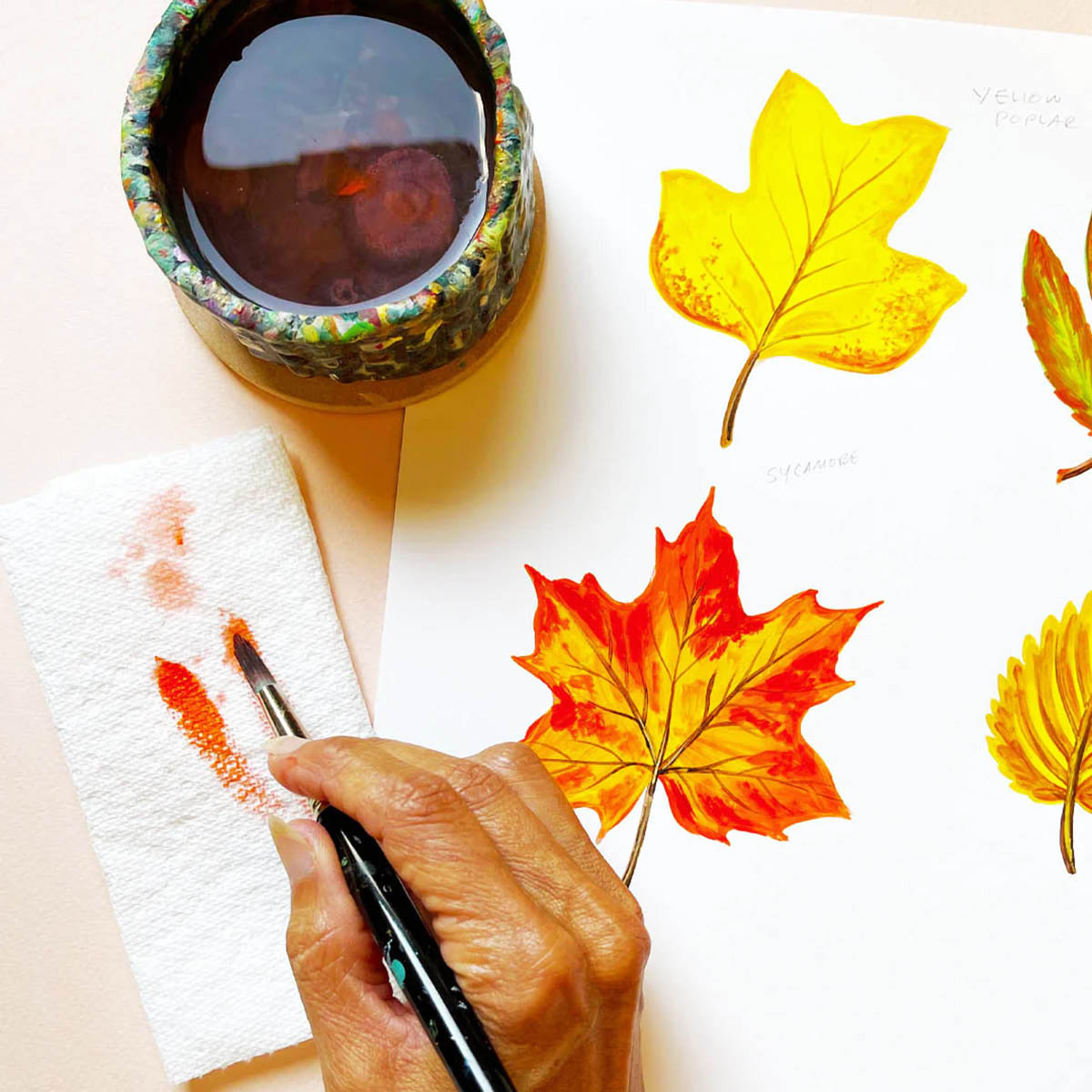
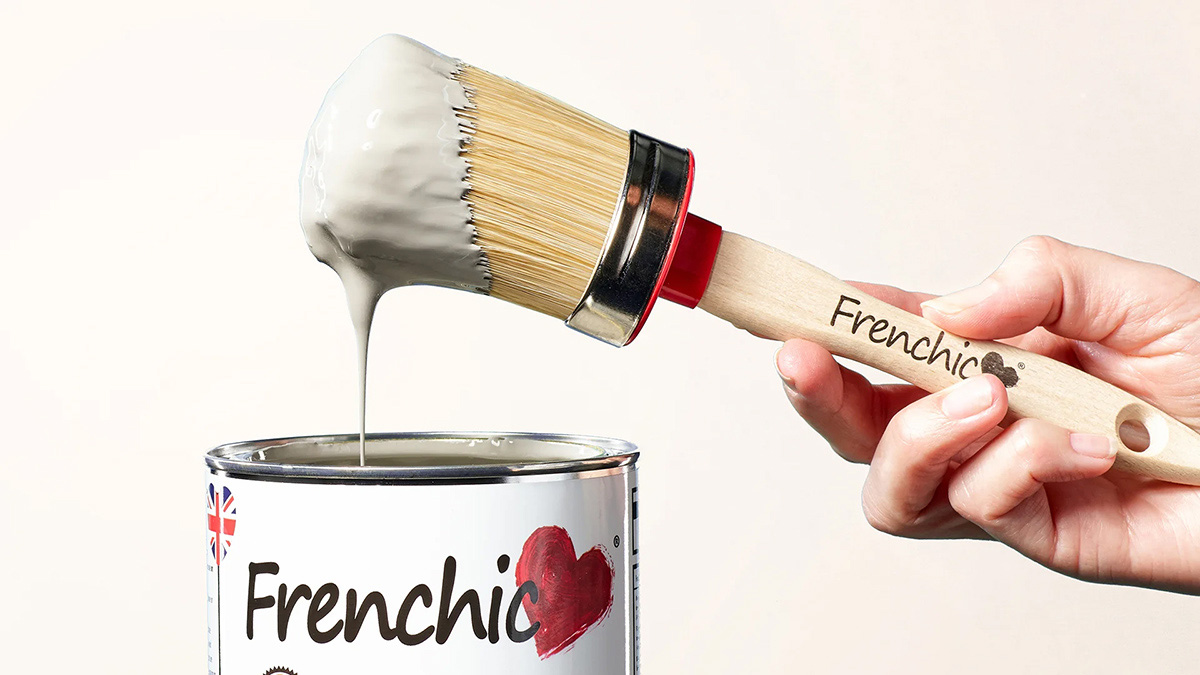
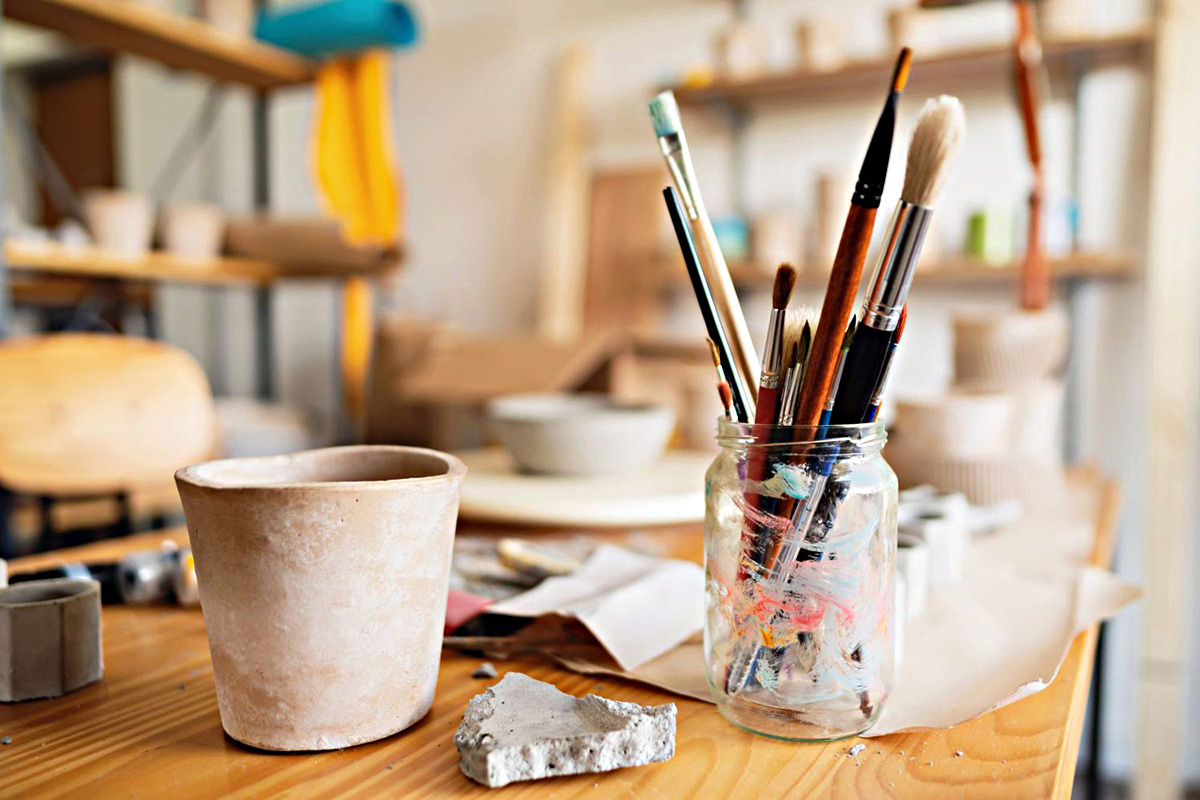
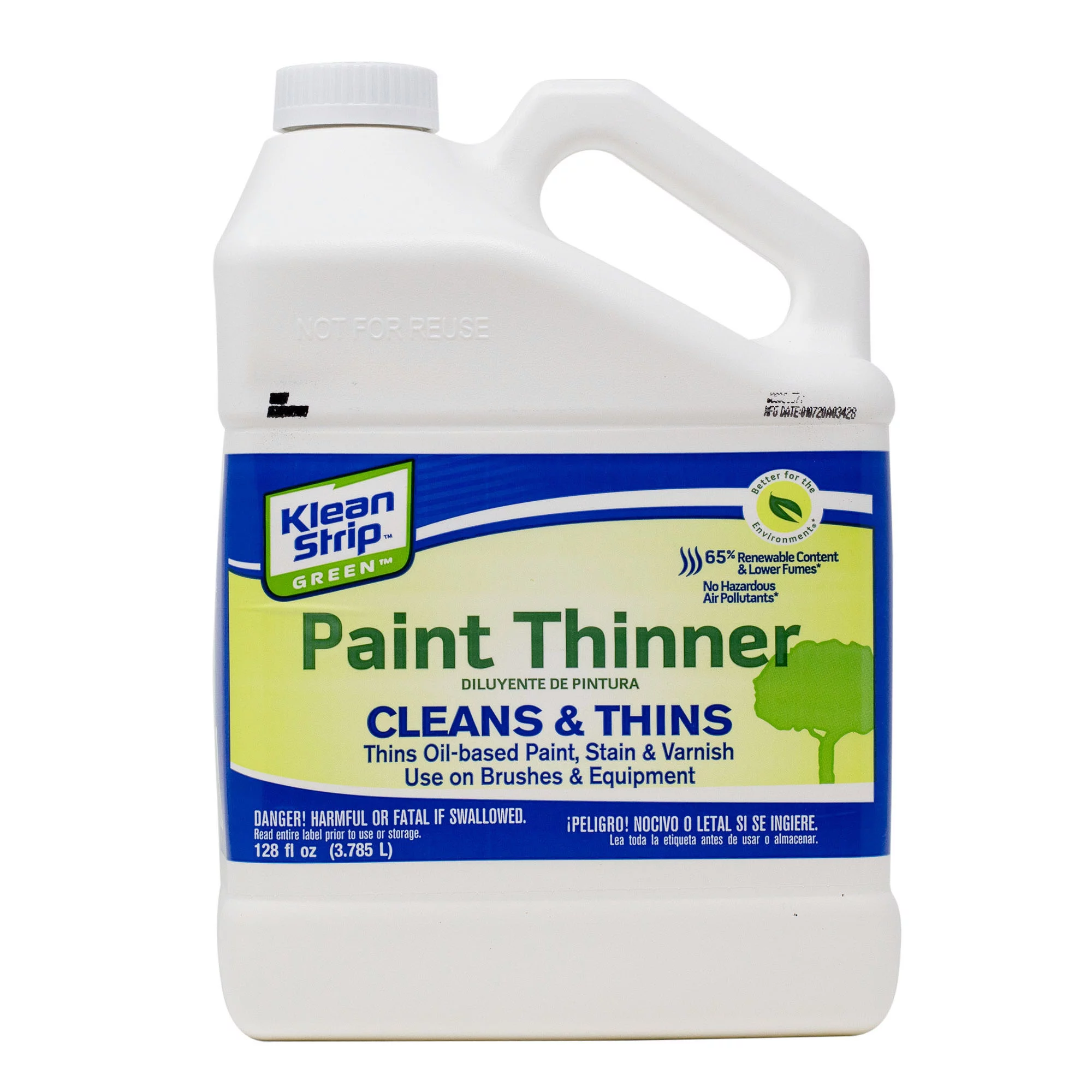
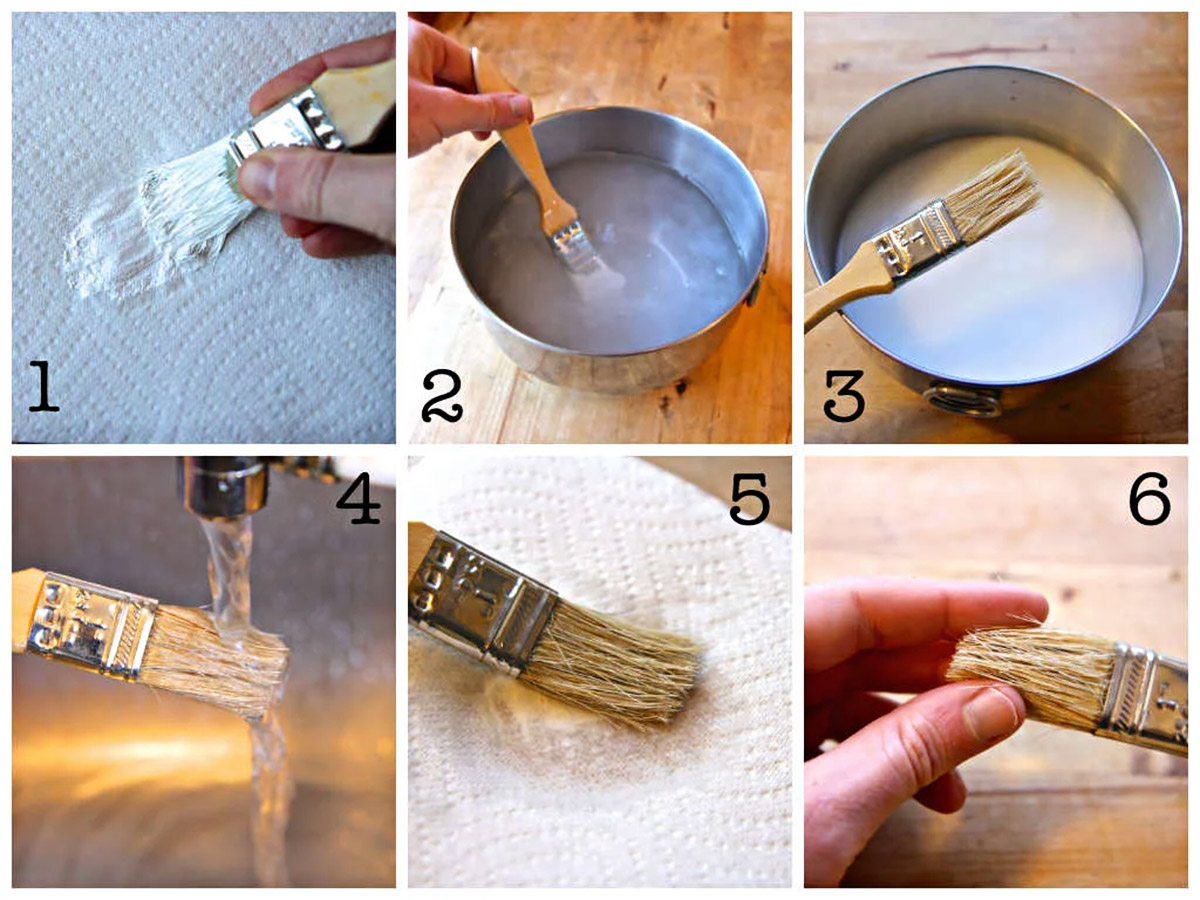
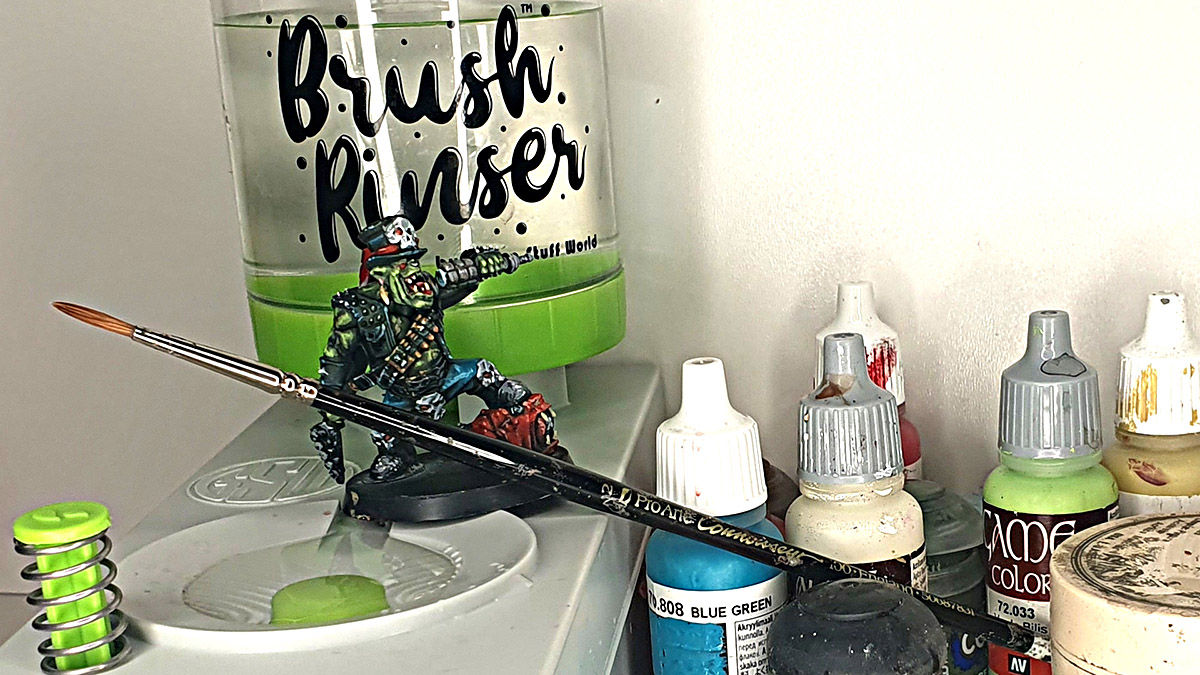
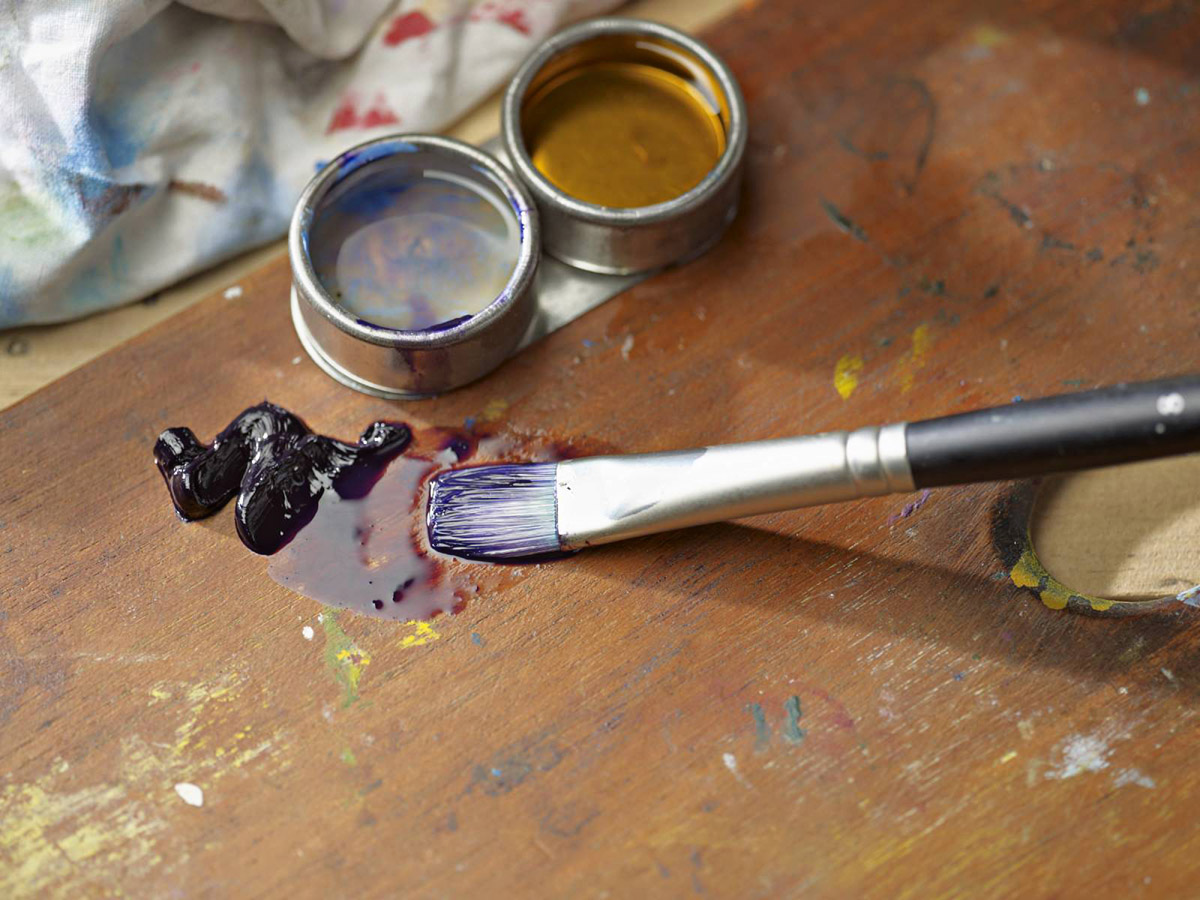
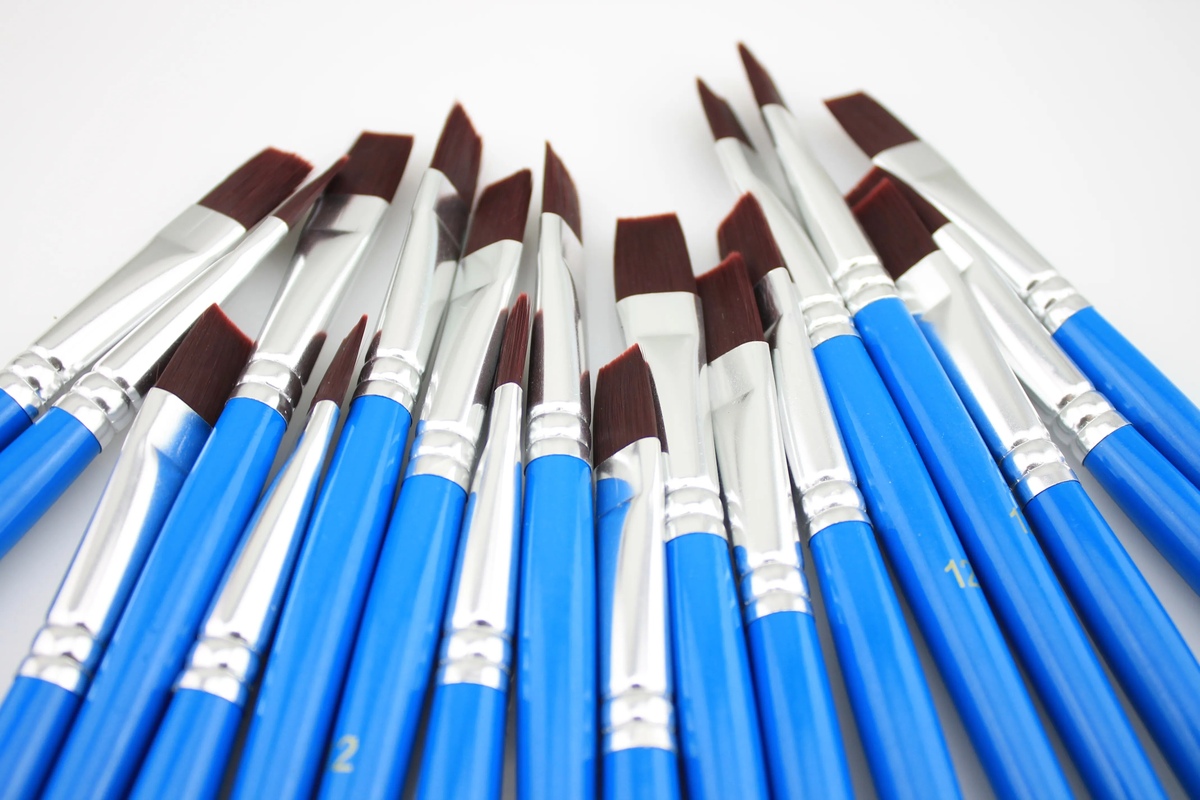

0 thoughts on “How To Clean Oil Paint Brushes Without Paint Thinner”